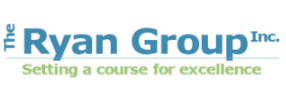The requested product could not be found.

The Ryan Group, Inc.
Powered by ContentShelf.com